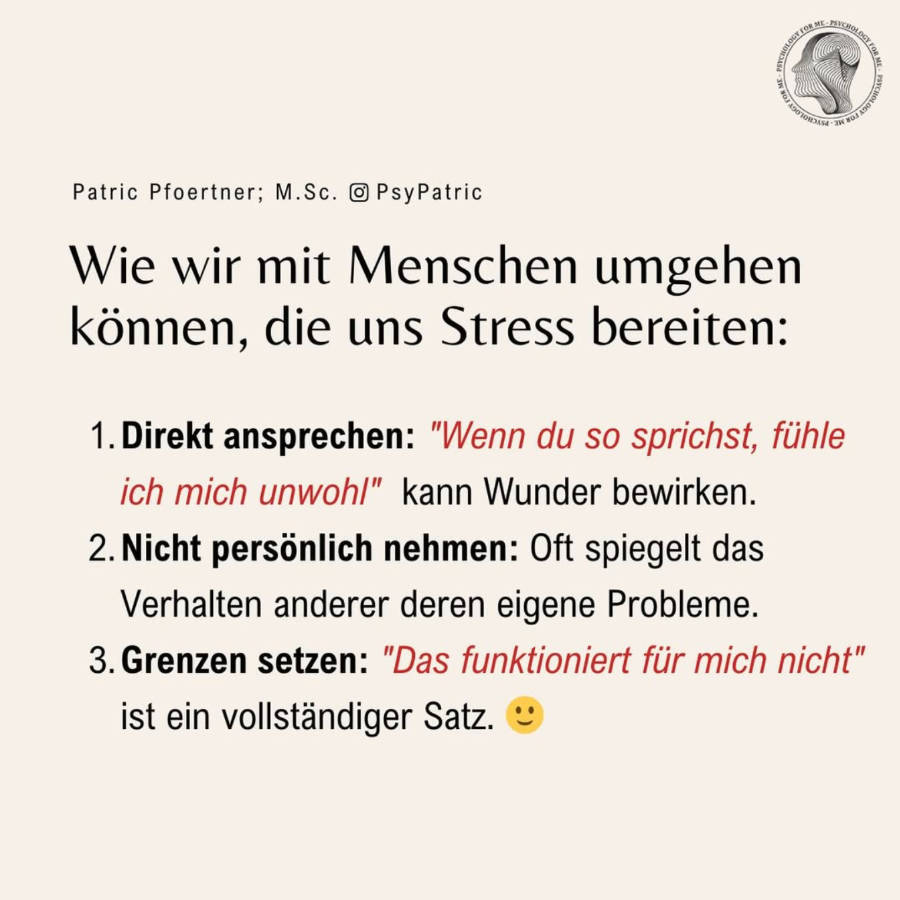Experiencing a strong sense of unease or panic when confronted with elevated spaces? You are not alone. Fear of heights, often known as acrophobia, is a surprisingly common specific phobia that can significantly impact a person's life, limiting their activities, travel, and even career choices. This self-assessment is designed to offer you a confidential and insightful look into your experiences with heights.
This test aims to help you:
- Gain a clearer understanding of how your fear of heights might be manifesting.
- Recognize common symptoms and behavioral patterns associated with acrophobia.
- Provide a starting point for reflection on whether professional support could be beneficial.
Common Questions About Fear of Heights:
Many individuals grappling with acrophobia have similar questions. Let's explore some of these together:
What exactly is Acrophobia?
Acrophobia is more than just a slight discomfort with heights; it's an intense, irrational fear. While it's natural to feel a degree of caution in high places, acrophobia involves an overwhelming sense of panic, dread, or anxiety that is disproportionate to the actual danger. This fear can be triggered by looking down from a high building, standing on a bridge, or even being on an escalator. It's classified as a specific phobia under anxiety disorders.
What causes a fear of heights?
The origins of acrophobia can be varied. Sometimes, it stems from a past traumatic experience involving heights, such as a fall or witnessing someone else fall. However, many people develop acrophobia without any clear precipitating event. It could be linked to genetic predispositions, learned behaviors (e.g., observing a parent's fear), or even evolutionary factors – an innate caution designed to prevent falls. Our brains are wired for survival, and sometimes this instinct can become overactive in certain situations.
What are the common symptoms of Acrophobia?
When confronted with heights, individuals with acrophobia might experience a range of physical, cognitive, and behavioral symptoms. Physically, you might notice a rapid heartbeat, shortness of breath, dizziness, sweating, trembling, or nausea. Cognitively, thoughts of losing control, falling, or a strong urge to escape are common. Behaviorally, people often go to great lengths to avoid high places, or if they must be in one, they might freeze, cling to something, or frantically search for an exit.
How does Acrophobia affect daily life?
The impact of acrophobia can be far-reaching. It can restrict travel plans, limit recreational activities like hiking or skiing, and even affect career choices if a job requires working at heights. It might lead to feelings of embarrassment or frustration, and in severe cases, it can significantly diminish one's quality of life, leading to social isolation or missed opportunities due to avoidance behaviors.
Can Acrophobia be overcome?
Absolutely. The good news is that acrophobia is highly treatable. Therapies such as Cognitive Behavioral Therapy (CBT), particularly exposure therapy, have proven very effective. Exposure therapy involves gradually and safely confronting the feared situation, helping you to habituate to the anxiety and learn that your fears are often unfounded. Virtual reality (VR) therapy is also emerging as a powerful tool for this. With professional guidance and a structured approach, many individuals learn to manage and significantly reduce their fear, reclaiming their freedom and comfort in elevated spaces.
If you've taken the assessment and found your scores suggest significant discomfort, please know that help is readily available. Understanding your fear is the first crucial step towards managing it effectively. Remember, you don't have to face this alone. A qualified psychologist or therapist can provide personalized strategies and support tailored to your unique experiences, helping you to build confidence and navigate the world more freely.
























